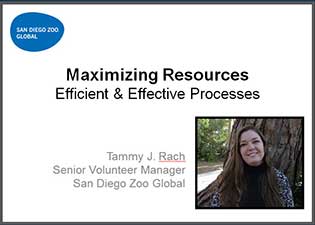 |
Maximizing Resources Efficient and Effective Practices (Webinar) |
1.50 |
Volunteers are not free, and it takes a great deal of skill to manage their engagement appropriately while still accomplishing the goals of your organization. When resources are tight, how frequently do you hear, “just have the volunteers do it”? It’s easy to get overwhelmed with all there is to accomplish while swimming in a sea of volunteer requests. Learn skills and strategies for identifying the time and energy vampires you are dealing with, and how to flip them into efficient and effective practices that both save your sanity and accomplish your organizations goals. |
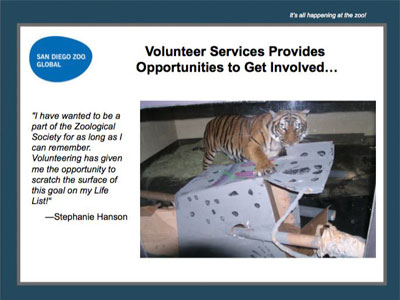 |
Measuring Your Volunteer Program's Success |
1.00 |
Every volunteer program has its own unique people, purpose, culture and story. Volunteer programs are definitely not one-size-fits-all. So how can you possibly accurately and successfully measure the success of your volunteer program, especially when your bosses and Board want to see measurable proof? Learn several strategies for pulling together a cross-section of tangible results, including tips on how to show both ROM and ROI, during this informative webinar. |
 |
Media and Social Media Best Practices |
0.25 |
The purpose of this course is to ensure you are aware of organizational best practices in regard to contact with Media, and use of Social Media. This policy is intended to support ALL employees and volunteers in making the best decisions for the organization. |
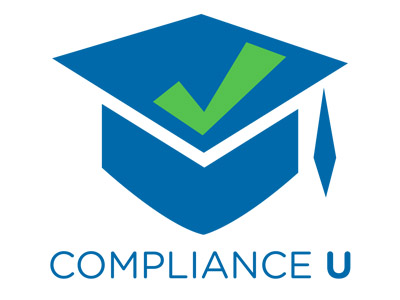 |
Medication Administration in Child Care |
0.50 |
This course covers Medication Administration in Child Care. It is just one out of many educational courses we offer. This course will help you develop new knowledge about children and help you better understand your role. In this course, you will learn about common medications children may take while under your care and the policies and guidelines for administering them. You will also read about adverse reactions and how to respond in an emergency. You will gain a greater understanding of the importance of safe drug administration. |
 |
Medication Safety Basics |
0.50 |
This course covers common adverse drug events (ADEs) and their causes in adults and children, and ADEs associated with some specific common medications. It includes safety precautions and suggestions for reducing or preventing ADEs and the emergency department visits, and sometimes hospitalizations, that result from them. |
 |
Mental Health - Anxiety Overview |
1.00 |
This brief overview of the topic of anxiety disorders explores the assessment and treatment that EMS providers should be familiar with. Along with the intricate evaluations that EMS providers must obtain on the patients they are caring for there is the underlying issue of evaluating ourselves. This tour of the topic will certainly offer opportunities for EMS providers to assist responders and patients alike.
Exam Description Please read each question carefully. You will have two attempts to gain a 70% or higher on this exam. If you are not successful in two attempts you are welcome to take the course again to gain the certification. Best of luck! |
 |
Mental Health Depression |
1.50 |
Most, if not all, providers have an interest in helping those around them. We found six providers that chose to tell their stories as they relate to Chronic Depression. All of the stories are different but they are all being told for the same reason. These providers are willing to do what many of us will never do. They are sharing their experiences so that they will help those around them. Mental Health First-Aid Instructor, Melodie Kolmetz and Dual Certified Family Practice Physician / Family Therapist, Alan Lorenz discuss the growth that our profession has seen. They also give fantastic guidance regarding the care of patients, partners, and ourselves. |
 |
Mental Health First Aid in the Classroom |
1.00 |
A student shouts in rage, “I wish I were dead!” Is he expressing suicidal ideation? A student quickly covers cut marks over her left forearm. Should we approach her or respect her privacy?
The National Alliance on Mental Illness data show that one in five adolescents between the ages of 13 and 18 will experience a severe mental illness, and only 20 percent will receive treatment. We know, then, that our students are coming to us with mental health needs that are greater than ever before. This can feel overwhelming, especially when we want to help our students achieve to their fullest potential and are not sure how to.
The good news is that basic mental health first aid can offer practical, valuable tools. We don’t need to be a cardiac surgeon to perform CPR, and sometimes CPR can save a life. Similarly, we don’t have to be a licensed mental health professional to provide basic mental health first aid in the classroom.
|
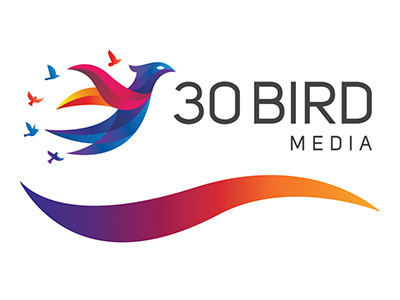 |
Microsoft Access 2019 Complete |
16.00 |
This course provides the basic and advanced concepts for the use of Microsoft Access 2019: How to navigate the Access interface; how to create and modify tables, queries, forms, and reports; how to create advanced queries, forms, and reports; how to create macros; and how to manage your databases.
You will benefit most from this course if you want to be an advanced user of Access 2019.
The course assumes you know how to use a computer, and that you're familiar with Microsoft Windows. It does not assume that you've used a different version of Access or another database system before. |
 |
Microsoft Access 2021/365 Complete |
16.00 |
This course provides the basic and advanced concepts for the use of Microsoft Access: How to navigate the Access interface; how to create and modify tables, queries, forms, and reports; how to create advanced queries, forms, and reports; how to create macros; and how to manage your databases.
You will benefit most from this course if you want to be an advanced user of Access.
The course assumes you know how to use a computer, and that you're familiar with Microsoft Windows. It does not assume that you've used a different version of Access or another database system before. |
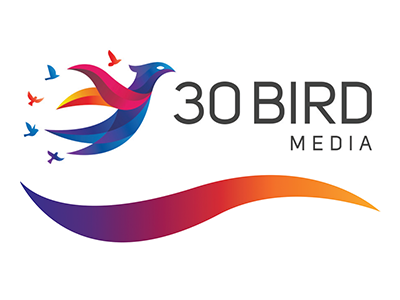 |
Microsoft Azure Fundamentals - AZ-900 Exam Prep |
1.00 |
Exam Prep to accompany 30 Bird's Microsoft Azure Fundamentals - AZ-900 Exam. |
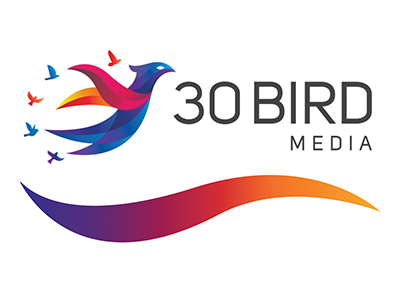 |
Microsoft Azure Fundamentals - Exam AZ-900 |
24.00 |
Azure Fundamentals - Exam AZ-900 provides basic knowledge of cloud concepts, Azure cost management and Service Level Agreements, core Azure services, core solutions and management tools, general security and network security features, and identity, governance, privacy, and compliance features. You will find this course valuable if you are just beginning to work with cloud-based solutions and services or are new to Azure. This course maps to the Azure Fundamentals AZ-900 exam.
You will benefit most from this course if you intend to take the Azure Fundamentals AZ-900 exam. Azure Fundamentals can be used to prepare for other Azure role-based or specialty certifications, but it is not a prerequisite for any of them.
This course assumes you have basic knowledge of general technology concepts, including concepts of networking, storage, compute, application support, and application development. |
 |
Microsoft Excel - Basic: Getting Started |
0.75 |
This course will focus on how to define a spreadsheet, identify spreadsheet components, identify the main components of the Excel window, open and navigate workbooks, and create a workbook from a template. |
 |
Microsoft Excel 2019 Complete |
24.00 |
Excel 2019 Complete provides the concepts and skills to be productive with Microsoft Excel 2019, starting with fundamentals and working up to advanced tools and techniques. This course maps to the objectives of the Microsoft Office Specialist and Expert exams for Excel 2019. Objective coverage is marked throughout the course, and you can download an objective map from 30bird.com.
Students will benefit most from this course if they want to use Excel 2019 to perform real-world tasks, from common workplace tasks to complex operations with large amounts of data. If students intend to take a Microsoft Office Specialist or Expert exam for Excel, this course offers complete coverage of all the objectives for both exams.
The course assumes students know how to use a computer, and that they're familiar with Microsoft Windows. It does not assume that they've used a different version of Excel or another spreadsheet program before. |
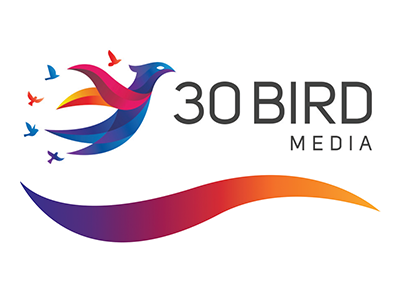 |
Microsoft Excel 2021/365 Complete |
24.00 |
Microsoft Excel 2021/365 Complete starts with the basic concepts and skills in Microsoft Excel, then builds on these to provide more advanced tools to solve real-world problems and analyze and present complex, realistic data.
You will benefit most from this course if you want to use Excel to perform real-world tasks, such as rearranging and presenting complex data, getting information from large amounts of data from sources inside and outside of Excel, creating output that varies according to conditions, manipulating dates and text, and automating repetitive tasks. If you intend to take a Microsoft Office Core or Expert exam for Excel, this course will prepare you for both, covering all the objectives for both exams.
The course assumes you know how to use a computer, and that you're familiar with Microsoft Windows. It does not assume that you've used a different version of Excel or another spreadsheet program before. |
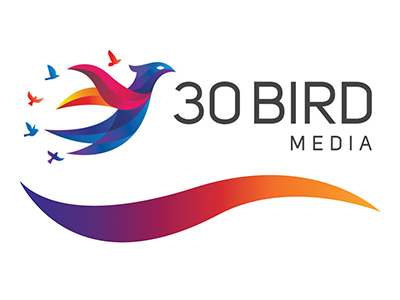 |
Microsoft Outlook 2019 Complete |
16.00 |
Outlook 2019 Complete provides the concepts and skills to be productive with Microsoft Outlook 2019, starting with fundamentals and working up to advanced tools and techniques.
This course maps to the objectives of the Microsoft Office Specialist exam for Outlook 2019. Objective coverage is marked throughout the course, and you can download an objective map. |
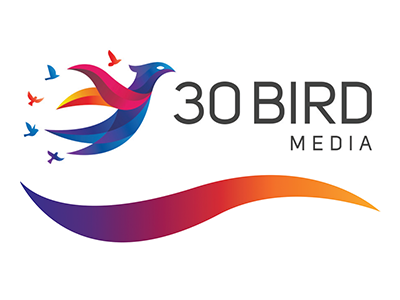 |
Microsoft Outlook 2021/365 Complete |
8.00 |
Microsoft Outlook 2021/365 Complete provides the basic and advanced concepts and skills to be productive with Microsoft Outlook: how to communicate via email messages, organize your contacts, and arrange your schedule. It also covers how to organize Outlook items, use advanced message properties, and collaborate with others.
You will benefit most from this course if you want to accomplish basic workplace tasks in Outlook, or if you want to have a solid foundation for continuing on to become an Outlook expert.
The course assumes you know how to use a computer and that you're familiar with Microsoft Windows. It does not assume that you've used a different version of Outlook or a similar desktop application before. |
 |
Microsoft PowerPoint - Basic: Getting Started |
0.75 |
This course will focus on how to open a presentation, identify PowerPoint interface components, switch between views, and zoom in and out. |
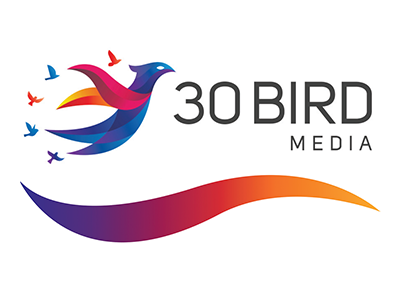 |
Microsoft PowerPoint 2019 Complete |
16.00 |
PowerPoint 2019 Complete covers the concepts and skills needed for maximum productivity in PowerPoint, starting with fundamentals and working up to advanced tools and techniques. This course maps to the objectives of the Microsoft Office Specialist exams for PowerPoint 2019. Objective coverage is marked throughout the course, and you can download an objective map for the series.
Students will benefit most from this course if they want to start with the basics and become power users of 2019. The course covers how to create, navigate, format, and customize PowerPoint presentations, as well as advanced features such as animation, transition techniques, adding and formatting media, track corrections, working with multiple presentations, creating custom slide shows, and working with security and sharing options.
The course assumes students know how to use a computer, and that they're familiar with Microsoft Windows. It does not assume that they've used a different version of PowerPoint or any other presentation program before. |
 |
Microsoft PowerPoint 2021/365 Complete |
8.00 |
Microsoft PowerPoint 2021/365 Complete provides the basic and advanced concepts and skills that you need to be a power user of Microsoft PowerPoint: How to create, navigate, format, and customize PowerPoint presentations, use advanced formatting features and animation and transition techniques, add and format media, track corrections and work with multiple presentations, create custom slide shows, and work with security and sharing options.
You will benefit most from this course if you want to build your PowerPoint skills to become a power user, or if you want to have a solid foundation in PowerPoint's advanced features.
The course assumes you know how to use a computer, and that you're familiar with Microsoft Windows. It does not assume that you've used a different version of PowerPoint or any other presentation program before. |
 |
Microsoft Project 2019 Complete |
16.00 |
Project 2019 Complete covers the concepts and skills needed for maximum productivity in Project, starting with fundamentals and working up to advanced tools and techniques.
Students will benefit most from this course if they have at least some prior knowledge of project management procedures and practices. It is intended to support you in applying this knowledge through the use of Microsoft Project as a project management tool. Some of the topics covered are:
- Creating a new project schedule from scratch
- Understanding and working with task types, scheduling options, and task constraints
- Working with resources, including scheduling and assignment
- Managing the project schedule in accordance with the critical path and project baseline
- Printing project views, dashboards, and various other kinds of reports.
- Working with the Quick Access Toolbar and advanced calendar topics
- Setting resource working-time exceptions, pooling resources for sharing, and creating resource budget cost items
- Working with multiple baselines and interim plans
- Resolving resource conflicts and scheduling issues
- Consolidating projects using Master projects and Subprojects
- Working with Project Server, Project Online, and SharePoint
- Using Project data in other applications
- Creating final reports
There are no specific prerequisites for this course. However, general computer user knowledge is assumed. Any additional experience having worked with forms and/or databases will be helpful. |
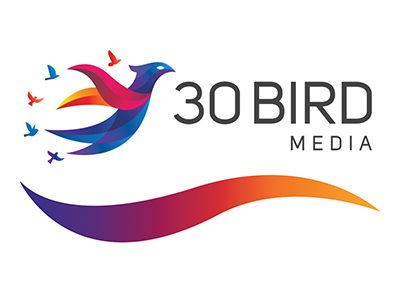 |
Microsoft Project 2021/365 Complete |
16.00 |
30 Bird Media's Microsoft Project 2021/365 Complete courseware covers the concepts and skills needed for maximum productivity in Project, starting with fundamentals and working up to advanced tools and techniques.
There are no specific prerequisites for this course. However, general computer user knowledge is assumed. Any additional experience having worked with forms and/or databases will be helpful.
You will benefit most from this course if you have at least some prior knowledge of project management procedures and practices. It is intended to support you in applying this knowledge through the use of Microsoft Project as a project management tool. |
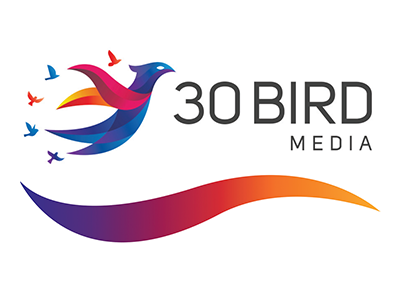 |
Microsoft Windows 10 |
8.00 |
Microsoft Windows 10 provides the basic knowledge needed to use and perform basic configuration of a computer running Windows 10; this includes basic operating system features, using and installing apps, managing files and common external devices, using network connections and applications, configuring system settings, and personalizing Windows environment and privacy features.
You will benefit most from this course if you are the primary user of a Windows 10 computer and wish to become proficient with its features, but are not yet a power user or computer technician.
This course assumes you are familiar with using a keyboard and mouse, accessing the internet with a web browser, and other basic aspects of using a modern computer. It does not assume you have used earlier editions of Windows or other specific operating systems, or that you have owned or managed a computer before. |
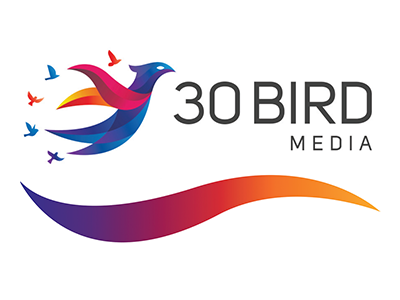 |
Microsoft Windows 11 |
8.00 |
30 Bird Media's Microsoft Windows 11 course provides the basic knowledge needed to use and perform basic configuration of a computer running Windows 11; this includes basic operating system features, using and installing apps, managing files and common external devices, using network connections and applications, configuring system settings, and personalizing Windows environment and privacy features.
You will benefit most from this course if you are the primary user of a Windows 11 computer and wish to become proficient with its features, but are not yet a power user or computer technician.
This course assumes you are familiar with using a keyboard and mouse, accessing the internet with a web browser, and other basic aspects of using a modern computer. It does not assume you have used earlier editions of Windows or other specific operating systems, or that you have owned or managed a computer before. |
 |
Microsoft Word - Basic: Getting Started |
1.25 |
This course will focus on how to use the elements of the Word window, create and save documents, and navigate a document and select text by using the keyboard and the mouse. |


























